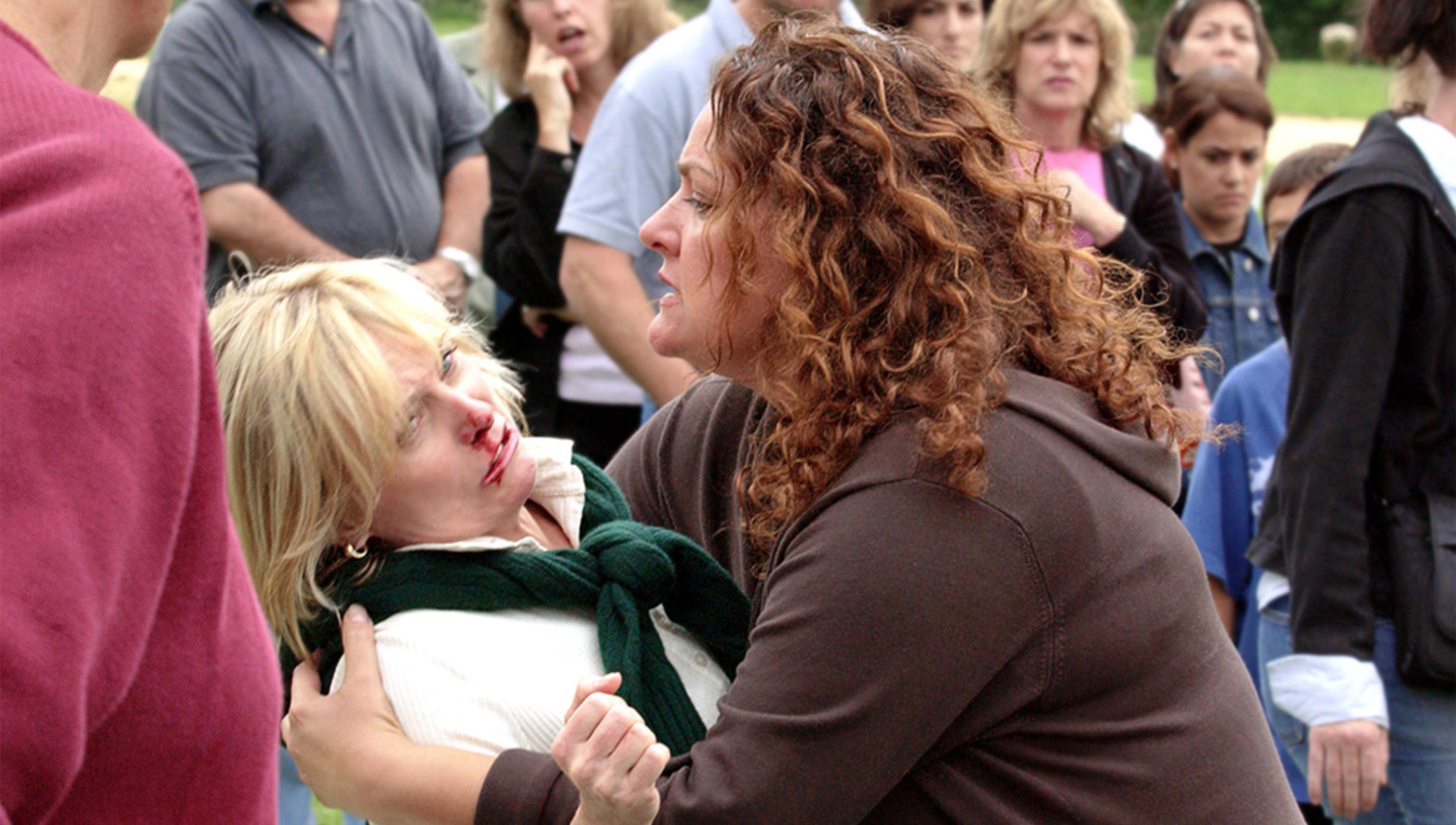Be more jazz: by letting go and embodying the present, you can learn to transform the mundane into the transcendent
At one point during the aptly titled opening song ‘Feed the Fire’ at the 1993 Hamburg Jazz Festival, the improvising singer par excellence Betty Carter went to sing a line but the audience heard nothing – her microphone lead had dropped out of its socket. Where others might have stumbled, Carter magically weaved the equipment malfunction into a memorable and joyous moment. Without missing a beat, she raised her arms in the air, danced in a circle, reinserted the lead, and picked up where she left off with a quick-fire improvised line and a wry laugh – all the while, composing new music. For much of the performance, Carter was like a preacher moved by the spirit, singing an improvised language beyond literal meaning but that carried the weight and wonder of other worlds.
How do singers such as Betty Carter take command of the present moment, seemingly bending reality to their will? While more romantic notions of creativity might point to Carter, and others like her, being ‘touched by the spirit’, there are less lofty explanations related to the physical dimension of making music with the human body, as well as the singer’s skilful musical interplay with the other musicians and the audience. There are also complex cognitive and psychological processes that drive the ‘real-time’ spontaneous creation of music.
A greater appreciation of these factors has implications beyond jazz, for how we all live our lives, moment to moment. Much of our everyday lives is improvised. For example, aside from stressful situations that require a script in advance, nearly every conversation you have is a spontaneous creation conducted without preparation.
For jazz singers, of course, it all starts with the voice – arguably the first musical instrument. When Carter improvises, she uses her voice to convey not only song lyrics, but also to generate unintelligible yet inherently musical improvisations, often in response to the other musicians, the environment, as well as her own bodily and emotional states (sometimes this is referred to as ‘scat singing’, though this term is falling out of favour).
At the most fundamental level, improvised jazz singing is a neurophysiological process. Carter creates musical sound using her lungs as a power source and her larynx as a sound generator, in combination with the resonant properties of the vocal tract. When her brain perceives a pitch or note, the breathing apparatus and the intrinsic muscles of the larynx move in a coordinated and sophisticated response. The vocal folds open and close to ‘chop up’ the pressurised airflow from the lungs. The length, mass and stiffness of the vocal folds contribute to creating the ‘fundamental frequency’ of the sound, which we the audience perceive as pitch. For some perspective on the miraculous nature of this process, consider that the vocal folds must open and close 440 times per second to create the single musical note A440 Hz – used as the standard for A above middle C. In turn, these sound waves are resounded and articulated by the malleable vocal tract to create vowels, consonants and tone colours, which we perceive as sung pitches and language.
From the first coos of mother to baby to the musical creations of Betty Carter, improvisation is pervasive in human experience
In addition to the complex neurophysiology of phonation, there are cognitive and psychological processes involved in the spontaneous creation of music. When researchers scanned the brains of jazz pianists improvising (as compared to when they performed learned sequences), they saw consistent and unique patterns of brain activation and deactivation. This activity likely reflects the distinct cognitive processes involved in improvisation, in particular the way that the musician must overcome the limitations of the brain’s processing capacity when faced with limitless possibilities. Musicians do this by building a vast conceptual knowledge base over time that ‘feeds’ improvisation, as well as developing finely attuned motor skills and the ability to use feedback instantaneously during improvisation.
The same cognitive processes are likely to be involved in the musical sophistication of a singer like Carter. However, she was not a ‘brain in a vat’ when she improvised. To fully explain vocal improvisation, the physical fact of her body as a container for her voice demands that we also pay some attention to the body.
Theoretical and empirical advances in embodied cognition lend support to the notion that the body is more involved in improvisation than purely ‘information processing’ theories suggest. The embodiment hypothesis views the body as playing a constitutive role in human cognition, contending that we understand and know the world, not just as mental representations in the brain, but through bodily experience. Performances by singers such as Carter, in which the music literally originates in the body, support a deeper investigation into the body’s role, not just in improvisation, but in cognition more broadly.
I recently interviewed professional jazz singers about what it’s like to improvise, and their accounts also point towards a level of total bodily engagement beyond phonation and cognitive processing. They described being in a flow state during improvisation, experiencing a merging of action and awareness, a sense of control and focused concentration, losing track of time and a loss of self-consciousness. They saw this experience as a meaningful part of their lives because their complete absorption in the music made them feel a part of something ‘bigger than themselves’. This chimes with findings within positive psychology where flow is directly implicated in eudaimonia – a sense of happiness and human flourishing.
The singers I interviewed also described improvised music as, metaphorically, ‘flowing’. They likened improvisation to travelling on a journey to a specific location (you have to ‘let go’ and ‘get into the zone’), and to bodily movement (you ‘sort of swing through the trees and … no-one falls’). One singer described her body as a ‘vessel’ for the music to ‘flow through’. These metaphors point towards a deep level of embodiment during improvisation and flow, and further implicate the body in improvisatory ways of knowing.
My own ongoing work, and that of others, to unravel the mysteries of musical improvisation has implications for our understanding of everyday life. From the first coos of mother to baby, to our next conversational utterance, to the sophisticated improvised musical creations of Betty Carter, improvisation is pervasive in human experience. What can we learn from the improvising jazz singer and how might we apply these lessons to live a more creative and fulfilling life?
In their book The Art of Becoming (2020), the Scottish musicians and psychologists Raymond MacDonald and Graeme Wilson place improvisation at the heart of the human experience. They argue that improvising experiences – both musical and non-musical – shape our identity and our place in the world. We become who we are by how we improvise moment to moment, day to day, year to year. Our identity is the accumulation of these improvised moments. These experiences are housed, felt, endured and enjoyed in our minds and our bodies. Improvising jazz singers show us that deep embodiment of the present moment can transform the mundane into the transcendent. The ability to improvise, to respond with our whole being to each moment creatively, intuitively and joyfully – just like Betty Carter – is the art of becoming fully human.



